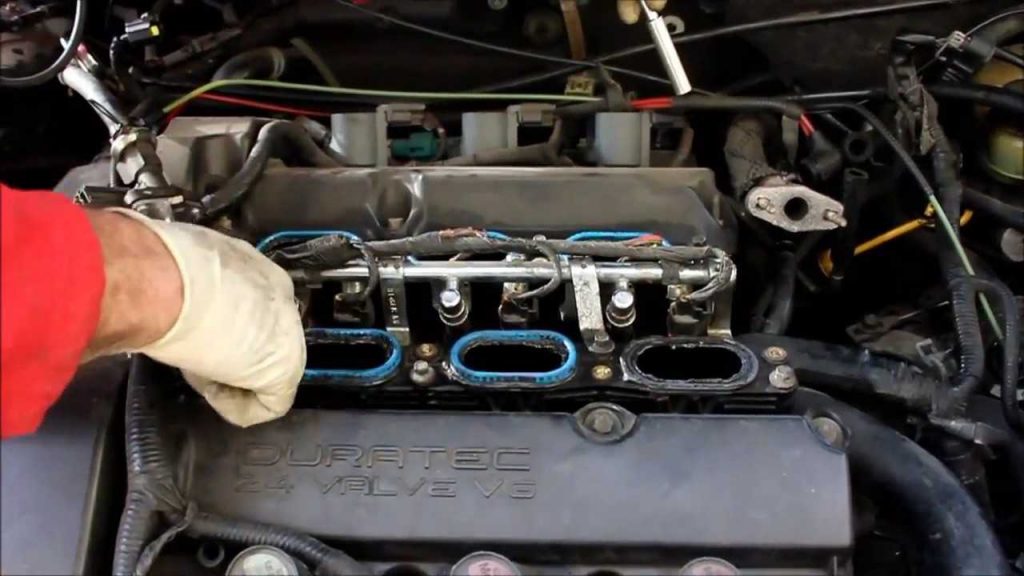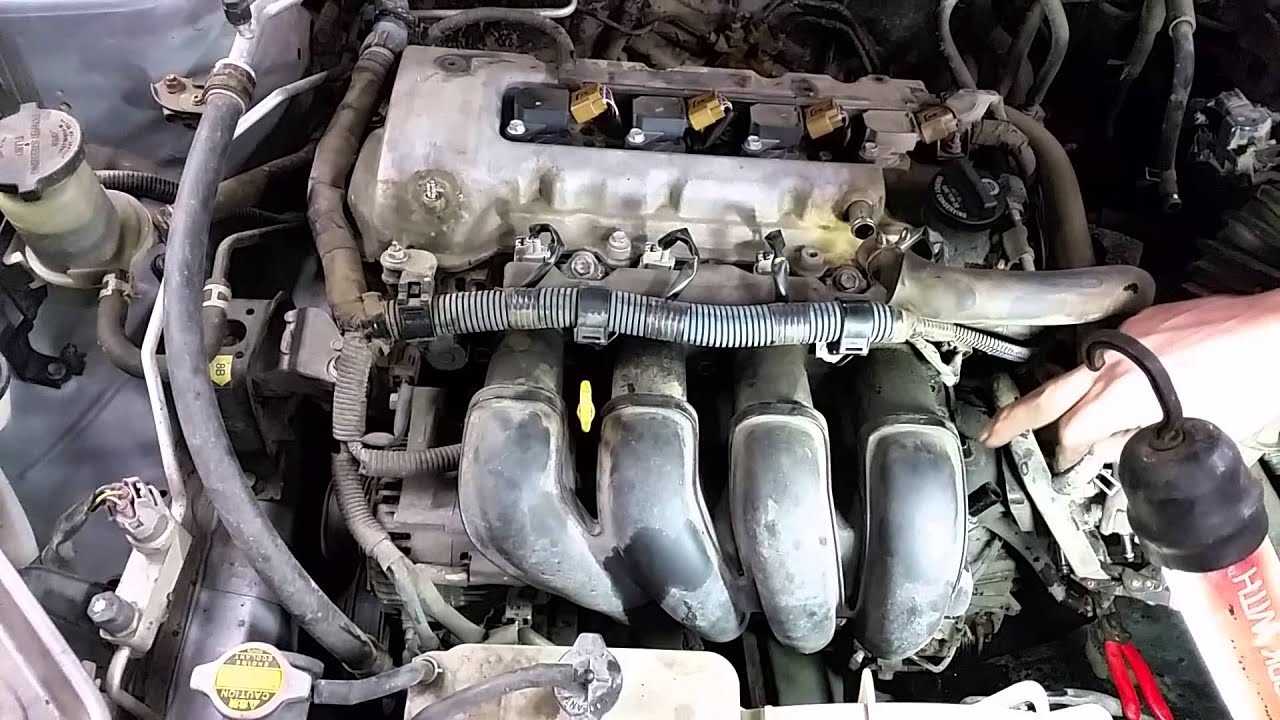Like human beings, automobiles also need oxygen. Not for breathing, though. Oxygen helps with creating explosions within the engine cylinders, helping the vehicle to kick off. The intake manifold is the component that provides this oxygen. It also transports coolant to the cylinders. It does not bode well for the engine if this part is damaged or defective. Identifying intake manifold gasket leak symptoms is one way to avoid further damage to the engine.
Contents
What Is Intake Manifold Gasket and How Does It Work?
An intake manifold is a multi-chambered unit that delivers air and fuel mixture into the engine cylinders. You will find gaskets at every engine joint that requires a seal. So, the intake manifold gasket is the seal that connects the intake manifold to the engine.
Made of rubber and plastic, this gasket can get cracked or damaged due to extreme heat and continuous shrinking and expansion. When this happens, the engine gets overheated due to the leakage of coolant, gas, and air.
Although the intake manifold is just a small part of your car, it plays an important role in your car. There are some functions:
Sealing
It prevents the leakage of air or the air-fuel mixture from the intake manifold. The gasket forms a barrier to ensure that the air-fuel mixture flows only in the intended direction, from the intake manifold to the combustion chambers.
Thermal isolation
The intake manifold gasket helps in isolating the intake manifold from the hot engine block or cylinder heads. This prevents excessive heat transfer and helps maintain the optimal temperature of the intake manifold and the incoming air.
Equal distribution
The gasket ensures that the air-fuel mixture is evenly distributed to each cylinder of the engine. It contains passages and channels that direct the flow of the mixture to the appropriate intake ports.
Generally, the intake manifold gasket works by creating a tight seal between the mating surfaces of the intake manifold and the engine block or cylinder heads. It is typically made of a durable, heat-resistant material such as rubber, silicone, or composite materials with metal inserts. These materials provide flexibility and resilience to accommodate the expansion and contraction that occur due to temperature changes in the engine.
Intake Manifold Gasket Leak Symptoms
An automobile engine runs on gas. The gas-air mixture is what keeps the engine running. When this supply gets cut off, the engine gets affected and its performance deteriorates.
Here are a few warning signs to watch out. Detecting them early will save the engine from serious deterioration.
Overheated engine
The most common of several intake manifold gasket leak symptoms. When the engine turns hotter than the safety level, you will get a whiff of a slight burnt odor, smelling like rubber or plastic burning. Some strange noises could appear alongside this smell. When the extremely hot liquid starts boiling and then splashes around the engine parts, it creates muffled spluttering or bubbling noises.

The next stage of a burning smell and faint noises is smoke coming out of the engine. Some damage is already been done if it goes this further. If it happens when you are driving the car, stop immediately, wait for the engine to cool, and then tow it to a mechanic.
The dashboard has a temperature gauge sitting beside the water and gas level indicators. There is a small red area in the gauge indicating the danger zone. The indicator hovering close to it or crossing that area means the engine is overheating. An erratically moving indicator suggests a possible coolant leak.
Poor engine performance
An overheated engine will ultimately lead to the poor performance of the vehicle. A leaked gasket sucks in more air than necessary, disrupting the air-fuel ratio. More air and less gas in the cylinders will create weaker explosions, affecting the engine power and piston speed.
There are a couple of intake manifold gasket leak symptoms for poor engine performance. Erratic acceleration is one of them. The vehicle won’t react as it used to when you push the pedal down. Irregular acceleration and slight pauses before speeding up are the signs that you should look out for.
A leaky gasket also meddles with the idling of a vehicle. It either idles too quickly or stalls altogether. The car cannot regulate the idling speed due to the disproportionate air-fuel ratio. You will also hear some light pooping noises that follow the bad engine performance. This phenomenon is called ‘backfiring’ and is a common sign of a leaky gasket.
Leaking of coolant
As the intake manifold gasket transports both the air-fuel mixture and coolant, a crack in it means you are likely to discover a puddle underneath the front side of the car.
Coolant has a sweet smell but to make sure that the oil spill is coolant, touch it with your hand. Its texture is more like shampoo or soap and washes off easily.
See more:
Fuel consumption jumps
Common intake manifold gasket leak symptoms include reduced engine power and increasing the number of misfires.
When these things happen, the engine uses more fuel than necessary to regain the lost power or to just keep running. The difference in the consumption is too little to notice at first given that the crack is small. But you will start noticing when the crack gets bigger and the engine loses more fuel and coolant.

Vacuum air leaks
You already know that leaky gasket symptoms include engine overheating. It happens due to a coolant leak. However, the performance deteriorates when the air starts leaking. Detecting an air leak is not as easy as finding an oil spillage.
But you can still do it. Kick off the engine and let the vehicle idle for a while. Spray carburetor cleaner on the joining seal of the intake manifold and the engine. If the car idles faster and produces soft revving, be sure that the gasket is leaking air. You can also look for cracks and damage in the fittings and rubber hoses in the engine.
How to diagnose the intake manifold gasket leak in your car:



